I have a bean as shown
@ManagedBean
@RequestScoped
public class Demo {
private int value1;
private String value2;
..getter and setter..
this is my xhtml page demo.xhtml
<h:form>
<p:panelGrid columns="2">
<p:outputLabel value="id"></p:outputLabel>
<p:inputText value="#{demo.value1}"></p:inputText>
<p:outputLabel value="name"></p:outputLabel>
<p:inputText value="#{demo.value2}"></p:inputText>
</p:panelGrid>
</h:form>
how the integer value get 0 value in the client page

i have read that in request processing lifecycle, for first time request, jsf runtime will create new view and directly goes to render phase. how values are set to client page without process validation phase.
i read these lines from jsf 2.0 complete reference
*Initial request to view the register.xhtml page
Since this
is an initial request (also referred to as a “non-postback” request) to view the
registration page, the Restore View phase creates an empty View (UIViewRoot)
component tree and stores it in the FacesContext instance.
After the View is created, the lifecycle immediately proceeds directly to the Render Response phase , since there was no incoming field data in the request to validate or process (also referred to as a “non-postback” request).*
i think this sentence help to understand my question. expect answer in lifecycle point of view